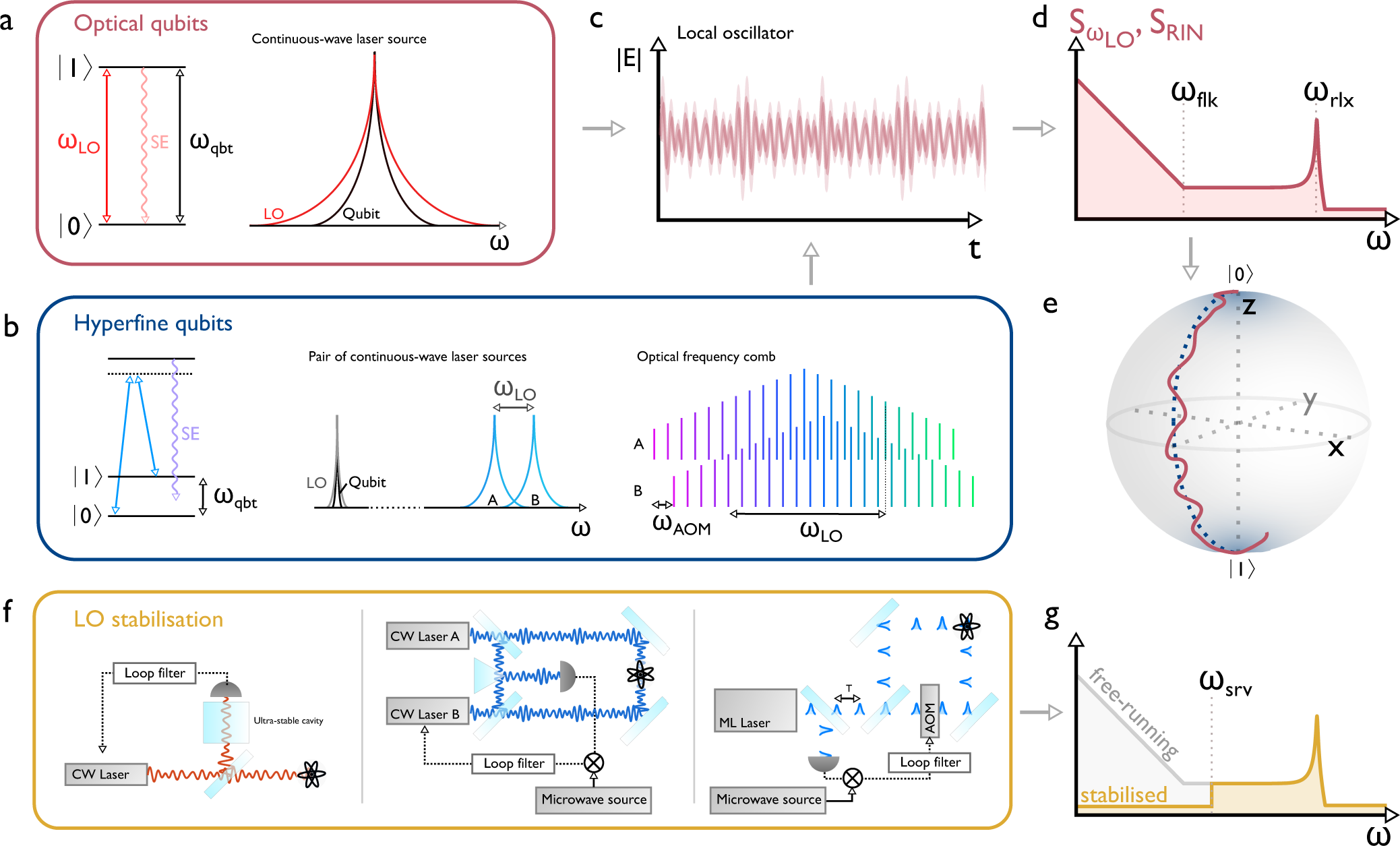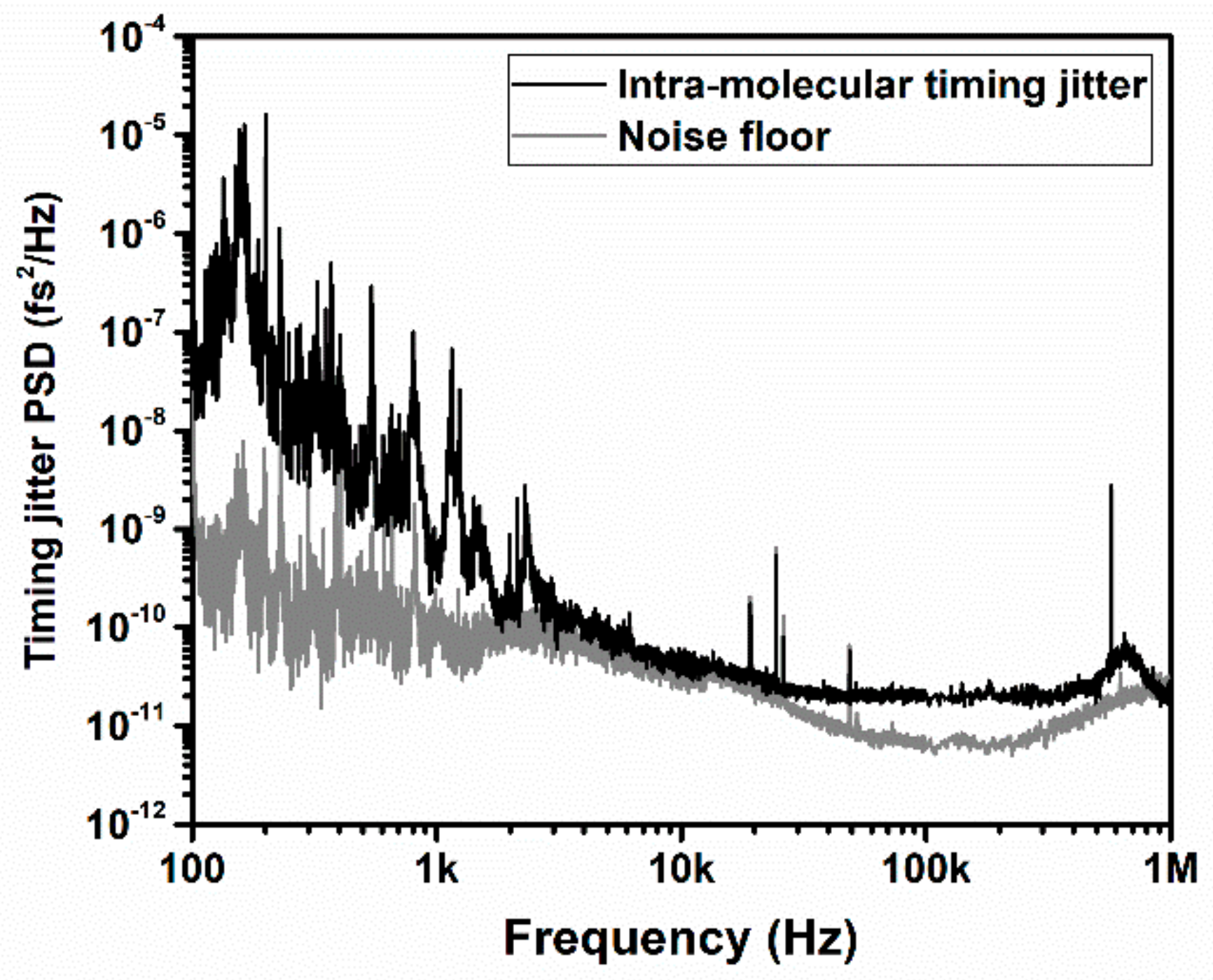Contents

Source: Nature
Understanding Noise in Laser Technology: Intensity and Phase Noise
Lasers are integral to a variety of applications in photonics, from precision measurements to fiber-optic communications. However, they can exhibit various forms of noise, which can significantly affect their performance. This article delves into the origins, quantification, and mitigation of intensity and phase noise in lasers.
Introduction to Laser Noise
Laser noise refers to random fluctuations in the output parameters of a laser. These fluctuations can have a profound impact on applications requiring high precision. For example, interferometric measurements are sensitive to optical phase fluctuations, while intensity fluctuations can limit sensitivity in spectroscopic measurements. Additionally, noise can constrain data rates and transmission distances in fiber-optic communications.
Intensity Noise
Intensity noise involves fluctuations in the laser’s output power, typically normalized to the average power. Measurements are often conducted using a photodiode to record variations over time. The root mean square (r.m.s.) value is a common metric for quantifying these fluctuations, providing a clear measure of relative intensity noise (RIN).
Measurement Challenges
Quantifying intensity noise can be challenging due to its dependence on measurement bandwidth. Fast fluctuations may be captured by quick photodetectors, while slower detectors might average them out. Additionally, measurement time can affect the detection of slow fluctuations. Therefore, specifications must consider bandwidth and time to provide meaningful data.

Power Spectral Density
To understand how different noise frequencies contribute to overall noise, power spectral density (PSD) is a useful tool. It allows for the analysis of noise across various frequency intervals, providing insights into the laser’s behavior under different conditions. Techniques such as Fourier transforms can estimate noise spectra from recorded data traces.
Phase Noise and Linewidth
Phase noise pertains to fluctuations in the optical phase of a laser’s output. In single-frequency lasers, this can be quantified using a phase noise PSD. Quantum noise, resulting from spontaneous emission, causes the optical phase to undergo a “random walk,” leading to phase noise and affecting the laser’s linewidth.
Measurement Techniques
Measuring phase noise is complex, often requiring a reference for comparison. Techniques like the delayed self-heterodyne method use an acousto-optic modulator and optical fiber to introduce a time delay, allowing for phase noise analysis. Alternatively, optical spectrum measurements can provide insights into phase noise, particularly in semiconductor lasers.
Minimizing Laser Noise
Several strategies can minimize laser noise:
- External Influence Reduction: Utilize single-frequency pump diodes with stabilized current sources and ensure mechanical stability in the laser setup.
- Parameter Optimization: Adjust laser parameters to minimize quantum and external noise influences, such as using a long, low-loss resonator.
- Feedback Systems: Implement feedback systems to adjust pump power based on output fluctuations, optimizing feedback loop characteristics for specific laser parameters.
Conclusion
Understanding and mitigating laser noise is crucial for optimizing laser performance in various applications. By comprehensively analyzing noise sources and employing appropriate minimization techniques, it is possible to enhance the precision and reliability of laser-based systems.

Source: MDPI
Feel free to comment your thoughts.



